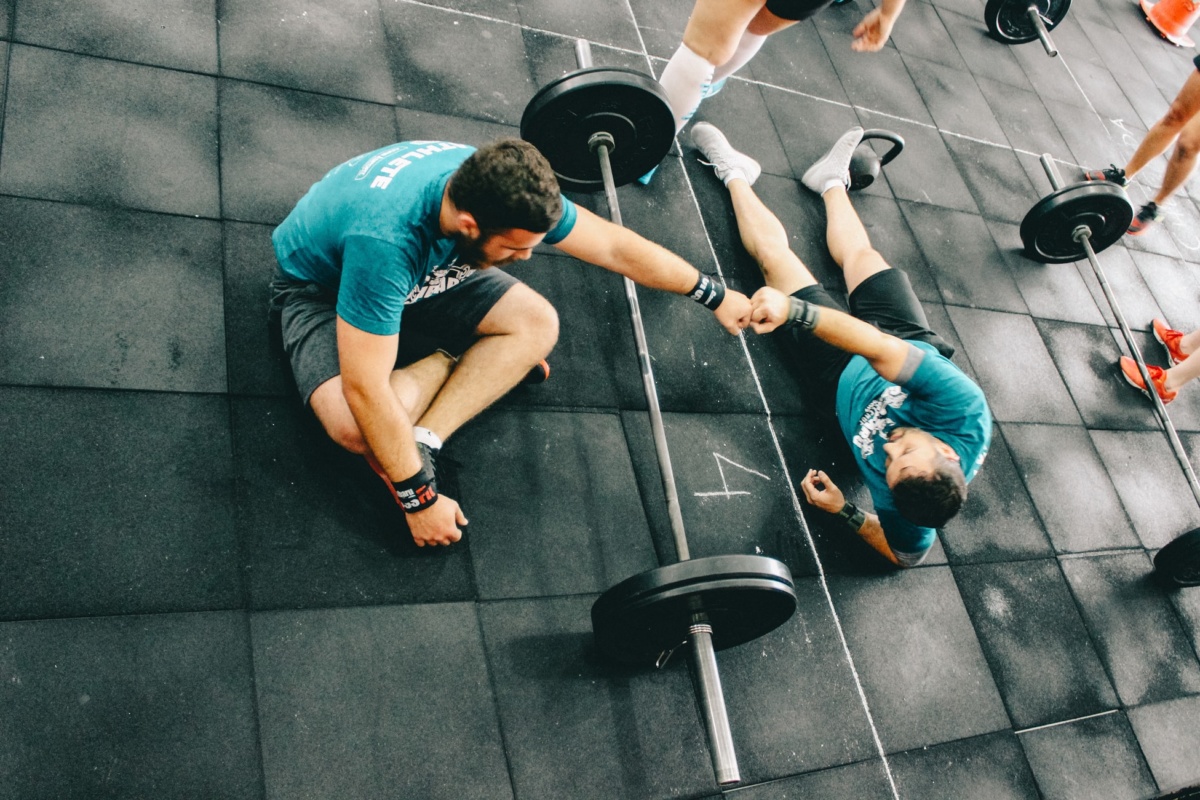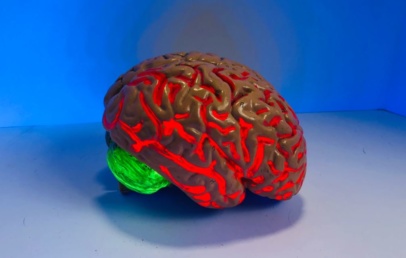

All that work-out energy has to come from somewhere.
When you exercise, several chemicals and compounds in your body are burned off to facilitate muscle movement and growth. The first one most people think of is carbohydrates, and that’s definitely true, but there’s another chemical that’s actually quite important to the whole process: glycogen.
Glycogen is the form that glucose takes on in the body when it’s being stored, both in the muscles and in the liver. When you’re exercising, your blood circulates throughout your body to power your muscles. The problem with that is that your blood is not actively pulling glucose from your gut, which leads to energy depletion.
If you want to get really intense exercise, you need to increase your glycogen storage. How do you do that? You gotta endure. Do exercises that burn carbs without burning glycogen to train your muscles to use glycogen less. This way, when the time comes to push yourself, your body will have more glycogen to spare and won’t use it up as quickly. Carb-load before you exercise, and then make sure to use all those carbs up.




